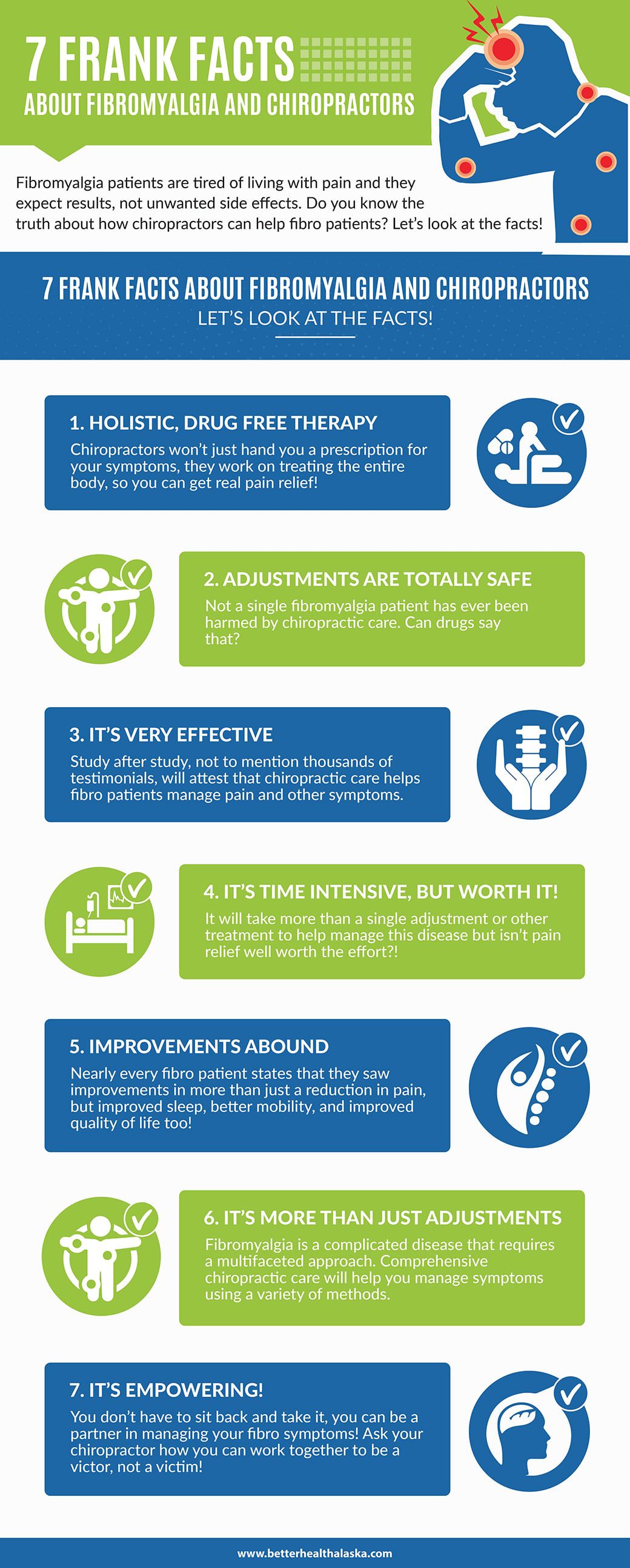The Impact Of Position On Neck And Back Pain: Standards For Maintaining Great Positioning Throughout Your Day-To-Day Routine
The Impact Of Position On Neck And Back Pain: Standards For Maintaining Great Positioning Throughout Your Day-To-Day Routine
Blog Article
Post Produced By-McKinley Bennett
Keeping proper position isn't just about sitting up straight; it's about aligning your body in a way that supports your back and minimizes the risk of back pain. The method you rest, stand, and move throughout the day can significantly impact your back wellness. But exactly how precisely can you ensure excellent positioning regularly, also during hectic days full of different tasks? Allow's dig deeper into the refined yet impactful adjustments you can make to your daily routine to maintain your back satisfied and healthy.
Relevance of Appropriate Stance
Appropriate posture is critical in maintaining a healthy and balanced back and preventing discomfort. When you rest or stand with excellent position, your spine is in positioning, minimizing stress on your muscles, tendons, and joints. This positioning permits the body to distribute weight equally, avoiding extreme stress and anxiety on particular areas that can result in discomfort and discomfort. By maintaining your back correctly aligned, you can also enhance your breathing and digestion, as slouching can compress body organs and limit their performance.
Moreover, maintaining good posture can enhance your general appearance and positive self-image. When dr steve chiropractor stand tall with your shoulders back and head held high, you radiate confidence and appear more friendly. Great posture can likewise make you really feel extra invigorated and alert, as it advertises appropriate blood flow and allows your muscle mass to work efficiently.
Incorporating proper posture right into your daily regimen, whether resting at a workdesk, strolling, or working out, is crucial for avoiding neck and back pain and advertising total well-being. Remember, a little adjustment in exactly how you hold yourself can make a considerable distinction in how you feel and work throughout the day.
Common Postural Mistakes
When it concerns keeping great posture, several individuals unconsciously make common blunders that can add to pain in the back and discomfort. One of the most prevalent errors is slumping over or stooping over while resting or standing. This setting puts extreme strain on the spine and can bring about muscular tissue inequalities and pain in the long run.
One more common blunder is overarching the reduced back, which can flatten the natural contour of the back and create pain. In addition, crossing legs while resting might really feel comfortable, however it can develop an imbalance in the hips and hips, leading to postural problems.
Using a cushion that's too soft or too firm while resting can additionally affect your alignment and add to pain in the back. Last but not least, constantly craning your neck to consider screens or readjusting your setting often can strain the neck and shoulders. Being mindful of these usual postural errors can assist you maintain better positioning and minimize the threat of pain in the back.
Tips for Correcting Placement
To enhance your alignment and decrease pain in the back, it's vital to concentrate on making small changes throughout your day-to-day regimen. Beginning by being mindful of your stance. When resting, guarantee your feet are flat on the flooring, your back is straight, and your shoulders are relaxed. Prevent slouching or leaning to one side. Usage ergonomic chairs or paddings to support your lower back.
When standing, disperse your weight evenly on both feet, keep your knees somewhat bent, and tuck in your pelvis. Engage pop over to this web-site to support your back. Take breaks to stretch and walk around if you have an inactive task. Integrate workouts that reinforce your core and back muscles, such as planks or bridges.
While resting, make use of a cushion that sustains the all-natural curve of your neck to preserve proper spine positioning. Stay clear of sleeping on your tummy, as it can stress your neck and back. By bearing in mind these tips and making small adjustments, you can progressively correct your positioning and relieve pain in the back.
Conclusion
Bear in mind, keeping excellent posture is vital to preventing back pain and advertising spine wellness. By being mindful of your placement, dispersing weight equally, and involving your core muscular tissues, you can lower strain on your back and reduce the threat of pain and injury. Integrate ergonomic support, take routine breaks to stretch, and reinforce your core and back muscular tissues to maintain correct positioning throughout the day. Your back will thank you for it!
